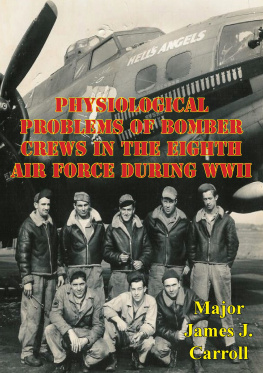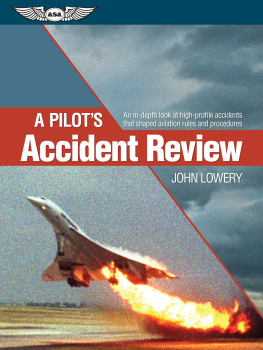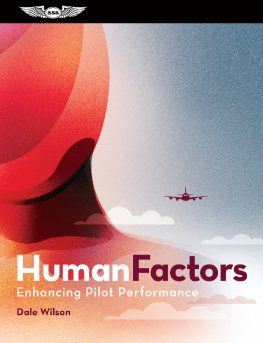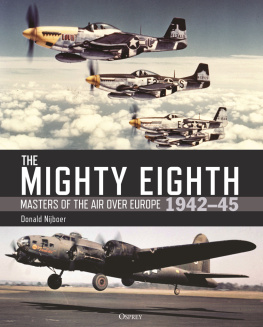

This edition is published by PICKLE PARTNERS PUBLISHINGwww.picklepartnerspublishing.com
To join our mailing list for new titles or for issues with our books picklepublishing@gmail.com
Or on Facebook
Text originally published in 1997 under the same title.
Pickle Partners Publishing 2014, all rights reserved. No part of this publication may be reproduced, stored in a retrieval system or transmitted by any means, electrical, mechanical or otherwise without the written permission of the copyright holder.
Publishers Note
Although in most cases we have retained the Authors original spelling and grammar to authentically reproduce the work of the Author and the original intent of such material, some additional notes and clarifications have been added for the modern readers benefit.
We have also made every effort to include all maps and illustrations of the original edition the limitations of formatting do not allow of including larger maps, we will upload as many of these maps as possible.
PHYSIOLOGICAL PROBLEMS OF BOMBER CREWS IN THE EIGHTH AIR FORCE DURING WWII
by
Major James J. Carroll
TABLE OF CONTENTS
Contents
Preface
History books dealing with great air battles, often recount how aircraft target and destroy the enemy. What is often neglected in the history books is the how the aircraft crashes on final approach to its home base. The cause of the crash is an overworked and fatigued aircrew member expected to gut it out for the sake of the mission. During World War II high accident rates were prevalent and possibly misunderstood or overlooked by the U.S. Army Air Corps leadership and war planners. The main question to answer is why were the accidents overlooked or misunderstood? A possible answer was the incorrect employment of Aerospace Physiologists who are concerned about aircrew members and the hazards of high altitude flight. This career field has been in existence since the early forties, and the information about high altitude flight should have been available to the war planners of Air War Planning Document-1 (AWPD-1).
The bomber aircraft of WWII, specifically the B-17, were formidable machines, but they were inadequate for the job envisioned by the war planners. High accident rates accompanied the bomber force throughout the war, and evidence strongly suggests that the accidents were perceived as the cost of doing business. Overall, the war strategists overlooked the most important and limiting component of the air missions, the human being. This research will center on the planners of AWPD-1, the B-17 itself, the role of Physiologists during the war, problems experienced by the aircrew, and the accident rates resulting from human error. I wish to acknowledge the assistance of Dr Richard Muller who guided me in my research topic.
Abstract
Aviation physiology is a highly relevant field to flyers of unpressurized aircraft that flew at altitudes in excess of 25,000 feet. Crew members had to contend with severe environmental factors while flying long bombing missions during WWII. The limits of human physiology must be the main concern of any battle plan involving flyers and fatality/mortality rates should be the primary focus in evaluating the success or failure of such a plan. The purpose of this research project is to determine if human factors were overlooked intentionally or by accident. If they were overlooked unintentionally, then what was done to resolve the physiological problems of the aircrews? The project will also underscore the continued need to address the human machine during any plan in todays demanding aviation environment.
Chapter one explores whether or not the limits of the human being was taken into account when the WWII bombing planners developed AWPD-1. It provides an insight into why AWPD-1 was created without regard to the aircrew members, and how this neglect could have possibly been remedied. Chapter two examines the machines of the day, in particular the B-17, to see if it was ready to carry out the assigned missions envisioned by the war planners. The early wartime experience of the B-17 by the Royal Air Force was disappointing, but nevertheless it was looked upon by the United States Army Air Force (USAAF) as the ultimate bomber that could complete any assignment. This chapter also provides some insight into a typical mission the B-17 aircrew had to endure and the aircrafts ability to carry out the assigned bombing missions. Chapter three deals with the physiological problems experienced by the aircrews and what was done to alleviate them. Chapter four focuses on the non-combat accident rates of the Eighth Air Force, what they meant, and how the leadership reacted to them. The last section is a conclusion of the research findings. It provides suggestions as to why the leadership did not do enough to arrest the accident rates, and what could have been done to increase aircrew survival.
Chapter 1 The AWPD-1 Planners
Some fighters may be superior to the bomber and capable of shooting it down, but it is none the less a fact that the bomber is the essential nucleus of an Air Force. The fighter is a defensive type of aircraft strategically, but the bomber is distinctively offensive in character. Battles and wars are won by a vigorous offensive and seldom, if ever, by the defensive. Major General H.H. Arnold
The overall aim of the Allied strategic bombing offensive was to bring the enemys war-making potential to a standstill and bring the Germans to the peace table. During the early years of WWII, Allied leaders spoke confidently about the ability of long-range heavy bombers to penetrate deep into the German heartland, strike accurately, and return with minimum losses. The early realities of the bombing campaign between 1942 and 1943 did a lot to dispel these simplistic views. Grand projections about the ability of air power to win the war by itself were painfully dispelled in the first months of the war. The general notion of a swift, bloodless air campaign was put to rest when the realities of mounting losses and indecisive bombing results were highlighted. To understand where all the grand strategies and optimistic viewpoints came from, we have to look at the formulation of AWPD-1 from the planners point of view. How was AWPD-1 planned and how long did it take to gather all the information needed to plan for a potentially long war?
In July 1941, General Henry H. Arnold, Chief of the United States Army Air Corps (AAC), requested Lt Colonel Harold L. George, then commanding officer of the Second Bombardment Group at Langley Field, to become the Chief of the Air War Plans Division at Washington. With the ongoing war in Europe, there was a strong possibility that within several months the United States would become involved. George realized this and accepted the job thinking he could be in a good position to command a fighting unit. Lt Colonel George reported to Brigadier General Carl Spaatz, General Arnolds Chief of Staff, and became part of the nucleus of the air campaign planning staff that would dictate the course of American involvement. President Roosevelts letter indicated that he wanted to have the plan completed as soon as possible, but a completion date was left open. Since no completion date was requested, they assumed the Presidents intent was to have the plan written and approved as soon as possible.
With an undetermined completion date hanging over their heads, the groups initial problem was to define its task. General Arnold initially tasked the group with only production requirements needed to defeat Germany. Instead, the air planners decided to articulate not only production requirements, but a plan to defeat the potential enemies. Lt Col George formulated the basis of the plan as a strategic air offensive to debilitate the German war machine and topple the German state if possible, and to prepare for the support of an invasion.
Next page








